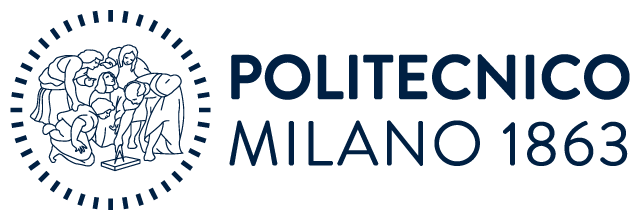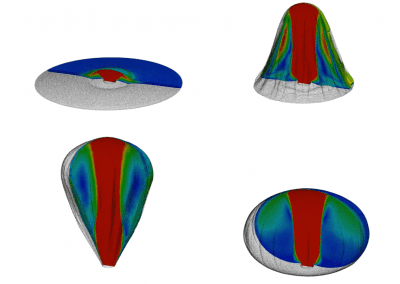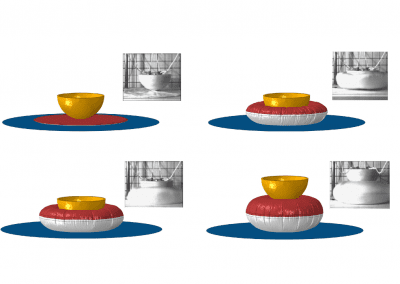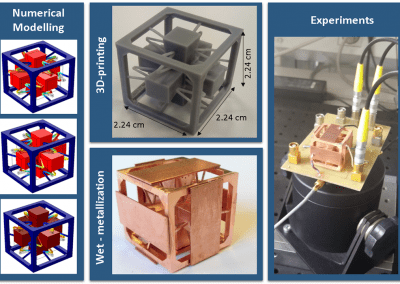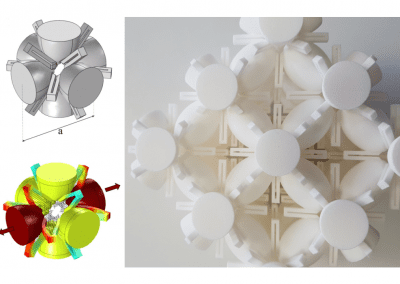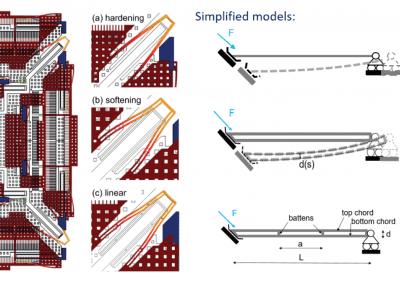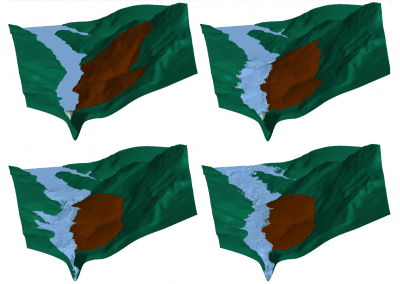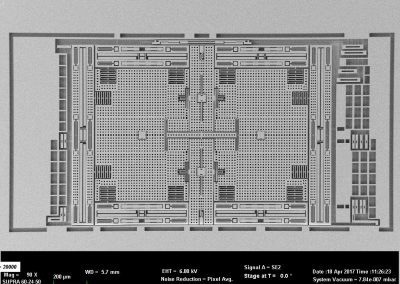Mechanics of Materials and Structures
The research activities contribute to the research areas of the Department “Structures and Infrastructures” and “Materials and Materials Mechanics”. In particular, the activities focus on the research topics “Theoretical, applied and computational mechanics of materials and structures”, “Experimental analysis and modelling of materials and structures”, “Innovative materials for infrastructures and structures”.
The research areas are consistent with the Integrated Strategic Plan of the Politecnico di Milano and are aimed at increasing the impact through high quality training and research (national and international), with particular attention to technology transfer and social responsibility.
Research generally includes theoretical and numerical modeling, design and experimentation of materials and structures. Examples of applications are: civil structures and infrastructures, structural health monitoring, industrial components, food packaging, microsystems, sports devices, biomechanical problems.
The modeling and design of materials covers not only typical structural engineering materials, such as concrete, steel and composites, but also biological and biocompatible materials, polycrystals, biomimetics, functionally classified materials, and engineered materials characterized by a specific internal microstructure, also called “metamaterials”.
Structural modeling focuses mainly on discretization methods, using classical approaches, such as the finite element method and the boundary element method, and more advanced methods, such as particle methods, domain decomposition, mesh-free and non-local discretization. The activity of the group includes the development and implementation of computing codes.
In recent years the group has also turned its attention to the development of models and methods for the analysis of coupled problems, such as fluid-structure interaction, multi-physics phenomena, such as electromechanical or chemo-mechanical ones, and multiscale problems. An important activity of the group in this line, is the analysis and design of micro electromechanical systems (MEMS), leading to the development of various patents and the study of many non-linear microscale phenomena, in close collaboration with important industries in the sector.
Traditionally, the group has developed numerical models and methods for the mechanical characterization of materials and structures and their identification, both in civil and industrial engineering. Recently, a computerized instrumentation for X-ray micro-tomography has been conceived and developed. Digital Image Correlation (DIC) and nano-indentation techniques are used for the identification of material parameters. A laboratory has been installed for the mechanical characterization of microsystems used e.g. for the characterization of polysilicon and other materialis in devices such as accelerometers and gyroscopes.
The current research activities are summarized in the following five lines:
Models and computational methods
Composites, innovative materials, and metamaterials
Micromechanics and Microsystems
Reverse analysis, identification and experimental characterization of the material
Soft tissue biomechanics.
The Group is involved in synergistic activities with other groups within the Department and with the other Departments of Politecnico di Milano. It relies on an extensive and consolidated national and international network. The impact of the group is measured through the variety and high quality of the consulting and research activities developed with leading partners in the industrial and public sector and by the important funding acquired in the context of competitive programs
Coordinator
Research Group
BONFANTI Alessandra
COCCHETTI Giuseppe
COMI Claudia
CORIGLIANO Alberto
CREMONESI Massimiliano
DE PONTI Jacopo Maria
ENTEZAMI Alireza
FEDELE Roberto
FRANGI Attilio Alberto
GAZZOLA Chiara
GHISI Aldo Francesco
MASOERO Enrico
MARIANI Stefano
NOVATI Giorgio
PANDOLFI Anna Marina
PEREGO Umberto
ROSAFALCO Luca
ROSSO Michele
TORZONI Matteo
ZEGA Valentina
